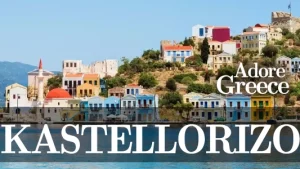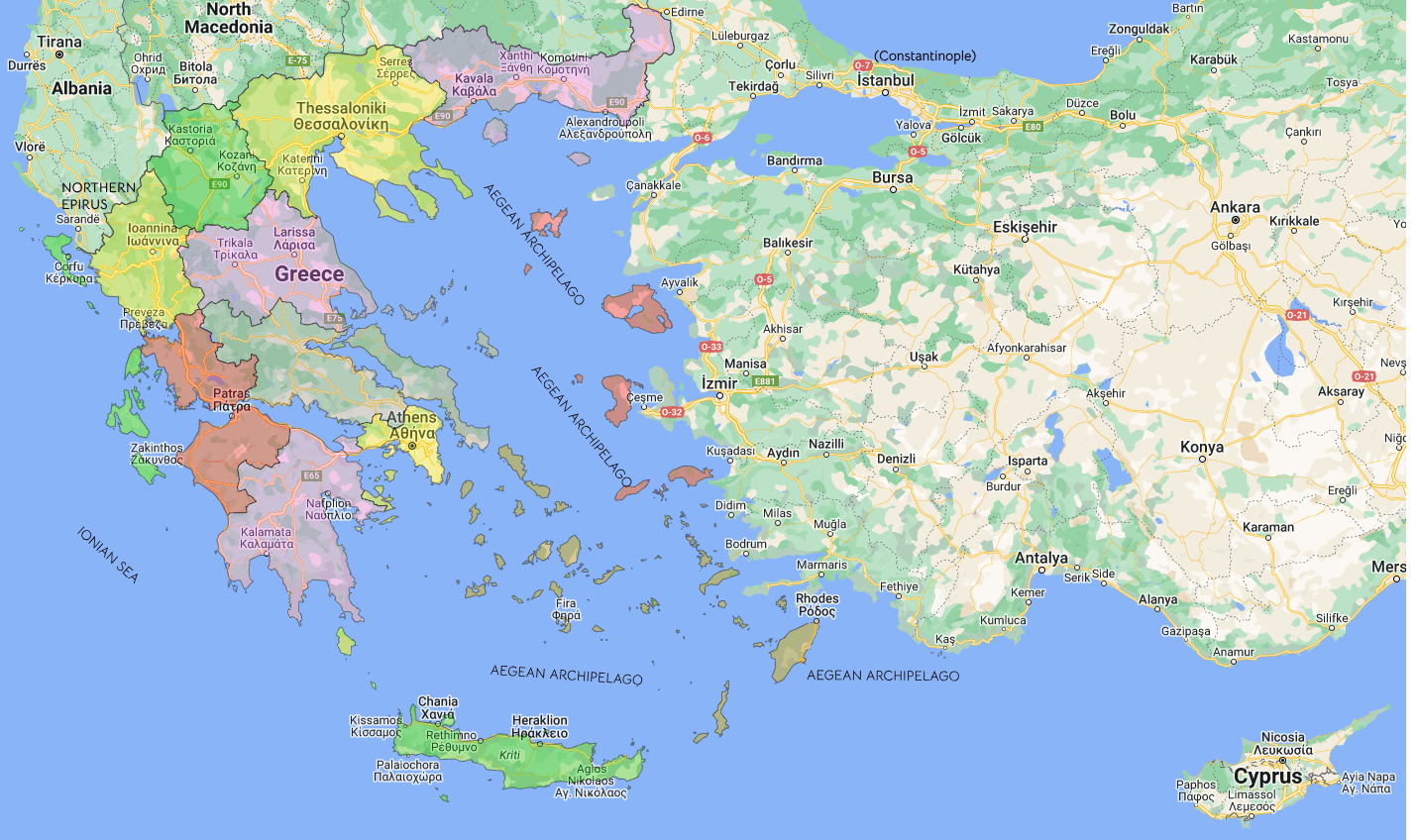Introduction:
Nestled in the embrace of the Aegean Sea, Amorgos is a pristine gem among the Cyclades islands of Greece. Renowned for its unspoiled natural beauty, traditional charm, and spiritual allure, this enchanting island beckons travelers seeking a serene escape from the bustling mainland. From its rugged landscapes to its ancient monasteries, Amorgos encapsulates the essence of Greek island life, offering a unique blend of adventure, culture, and relaxation.
Geography and Landscape:
Amorgos, with its elongated shape, spans approximately 121 square kilometers, making it one of the smaller islands in the Cyclades archipelago. Despite its size, the island is a diverse tapestry of landscapes that captivate visitors at every turn. The northern part of Amorgos is characterized by dramatic cliffs and rocky outcrops, providing a striking contrast to the fertile valleys and sandy beaches found in the south.
One of the island’s most iconic features is the towering cliffs of Kapsala, rising majestically from the sea. These impressive rock formations create a dramatic backdrop for the island, especially during sunrise and sunset when the play of light and shadow paints the landscape in breathtaking hues.
Chora: Timeless Beauty and Traditional Charm:
The heartbeat of Amorgos is Chora, the island’s main town, perched on a hill overlooking the sea. Its labyrinthine alleys, whitewashed houses adorned with vibrant bougainvillea, and traditional windmills create a postcard-worthy scene that transports visitors to a bygone era. The charm of Chora lies in its simplicity, with narrow streets leading to cozy squares where locals and visitors gather for a leisurely coffee or a delicious meal at a taverna.
The Venetian castle, perched at the highest point of Chora, offers panoramic views of the island and the Aegean Sea. A stroll through the castle’s cobbled pathways not only provides a glimpse into Amorgos’ rich history but also allows visitors to immerse themselves in the timeless beauty of the Cycladic architecture.
Cultural Heritage:
Amorgos is a treasure trove of cultural and historical landmarks, each narrating a chapter of the island’s past. The Monastery of Hozoviotissa, precariously built into the cliffside, is perhaps the most iconic symbol of Amorgos. Dating back to the 11th century, this monastery is dedicated to the Virgin Mary, and its stark white exterior contrasts sharply with the deep blue of the sea below.
Legend has it that a miraculous icon of the Virgin Mary arrived on the shores of Amorgos, and the monastery was built to honor this divine event. Pilgrims from across the region and beyond make the arduous trek to Hozoviotissa, not only to seek spiritual solace but also to marvel at the breathtaking views from this sacred site.
In addition to the monastery, the Archaeological Museum of Amorgos in Chora provides insight into the island’s rich history, showcasing artifacts from various periods, including the Cycladic, Hellenistic, and Roman eras. The museum serves as a gateway to understanding Amorgos’ cultural evolution and its significance in the broader context of Greek history.
Beaches and Nature:
Amorgos boasts an array of beaches, each with its own unique charm. Agia Anna, famous for its crystal-clear waters and golden sand, is a popular choice for sunbathing and swimming. Hidden coves and pebbled shores, such as Mouros and Kalotaritissa, offer a more secluded experience for those seeking tranquility away from the crowds.
For the adventurous traveler, the island’s hiking trails provide an opportunity to explore its rugged interior. The path leading to the monastery of Panagia Chozoviotissa, for instance, winds through terraced fields and ancient stone pathways, offering glimpses of traditional rural life and panoramic vistas of the Aegean.
Cuisine and Gastronomy:
Amorgos’ culinary scene reflects the island’s connection to its rich agricultural landscape and the bounty of the sea. Traditional tavernas scattered across Chora and coastal villages serve a medley of dishes made with locally sourced ingredients.
Freshly caught seafood, olives, capers, and the island’s renowned thyme honey feature prominently in Amorgian cuisine. Signature dishes like patatato, a slow-cooked goat or lamb stew with potatoes, and fava, a creamy split pea purée, showcase the island’s culinary prowess.
Local wineries offer a taste of Amorgian wine, cultivated in the island’s fertile soil. Visitors can embark on wine tours to explore the vineyards, meet passionate winemakers, and savor the unique flavors of Amorgian wines, ranging from crisp whites to robust reds.
Conclusion:
Amorgos, with its timeless beauty, cultural richness, and untouched landscapes, invites travelers to embark on a journey of discovery and rejuvenation. Whether exploring ancient monasteries, lounging on pristine beaches, or savoring the flavors of authentic Greek cuisine, visitors to Amorgos find themselves immersed in an experience that transcends the ordinary. This tranquil oasis in the heart of the Aegean is not merely an island but a destination that leaves an indelible mark on the soul, beckoning travelers to return and unravel its secrets time and again.









































